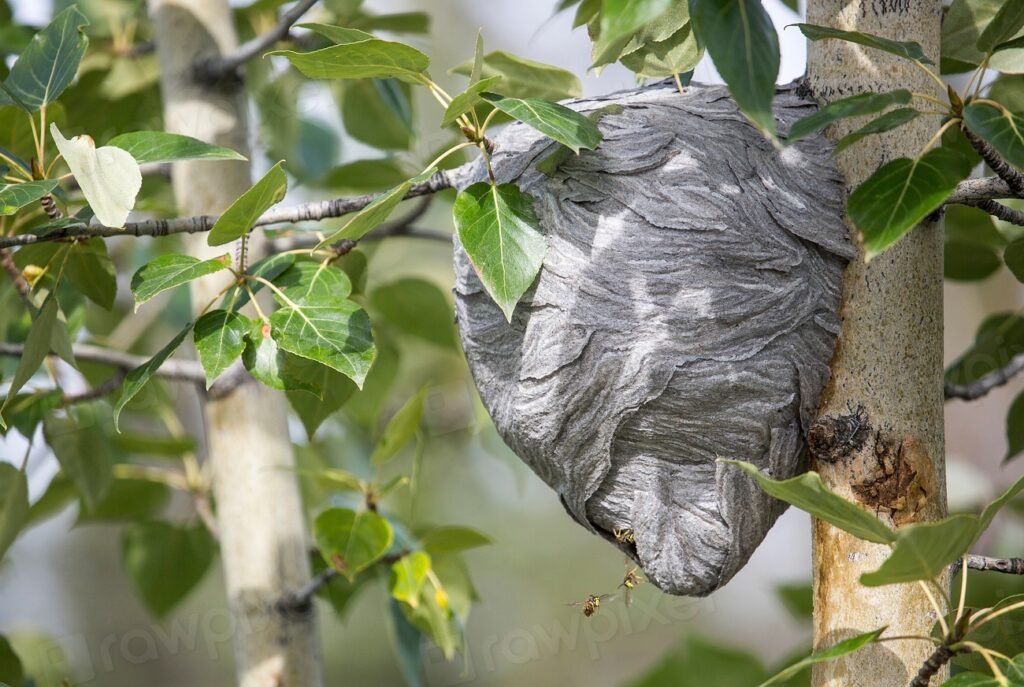Imagine a world beneath the ice—dark, frigid, and seemingly lifeless. Yet, under the massive ice sheets of Antarctica and Greenland, there’s a secret drama unfolding, one that could change the fate of our planet’s coastlines. Here, in the shadows where sunlight never penetrates, billions of tiny life forms are at work, quietly shaping the future of ice and sea. These microbial powerhouses don’t just survive in the cold—they thrive, and their hidden activities may be helping to melt the very ice that shields them. It’s a story as astonishing as any thriller, packed with mystery, science, and a hint of urgency, because the outcome affects us all.
The Hidden World Beneath the Ice
Beneath giant ice sheets, you might expect only silence and stillness. Shockingly, scientists have discovered vast networks of lakes, rivers, and channels teeming with microbial life. These subglacial realms are pitch black and pressurized, but that doesn’t stop microorganisms from colonizing every nook and cranny. This hidden ecosystem is as lively as a bustling city—just on a microscopic scale. It’s a place where bacteria, archaea, and even some fungi thrive, drawing energy from minerals and chemicals instead of sunlight. The diversity here is jaw-dropping and feels almost alien, making researchers feel like explorers on another planet.
Strange Survivors: Microbial Adaptations to Extreme Cold
Surviving miles beneath the ice isn’t for the faint-hearted. These microorganisms have developed incredible adaptations to withstand crushing pressures and freezing temperatures. Some produce antifreeze proteins to keep their insides from turning into shards of ice. Others have special enzymes that work even when it’s cold enough to freeze your breath in midair. Many rely on chemical reactions involving sulfur, iron, or methane to fuel their cellular engines. It’s as if these microbes have rewritten the rules of life itself, proving that nature’s creativity knows no bounds.
Metabolic Magic: How Microbes Generate Heat
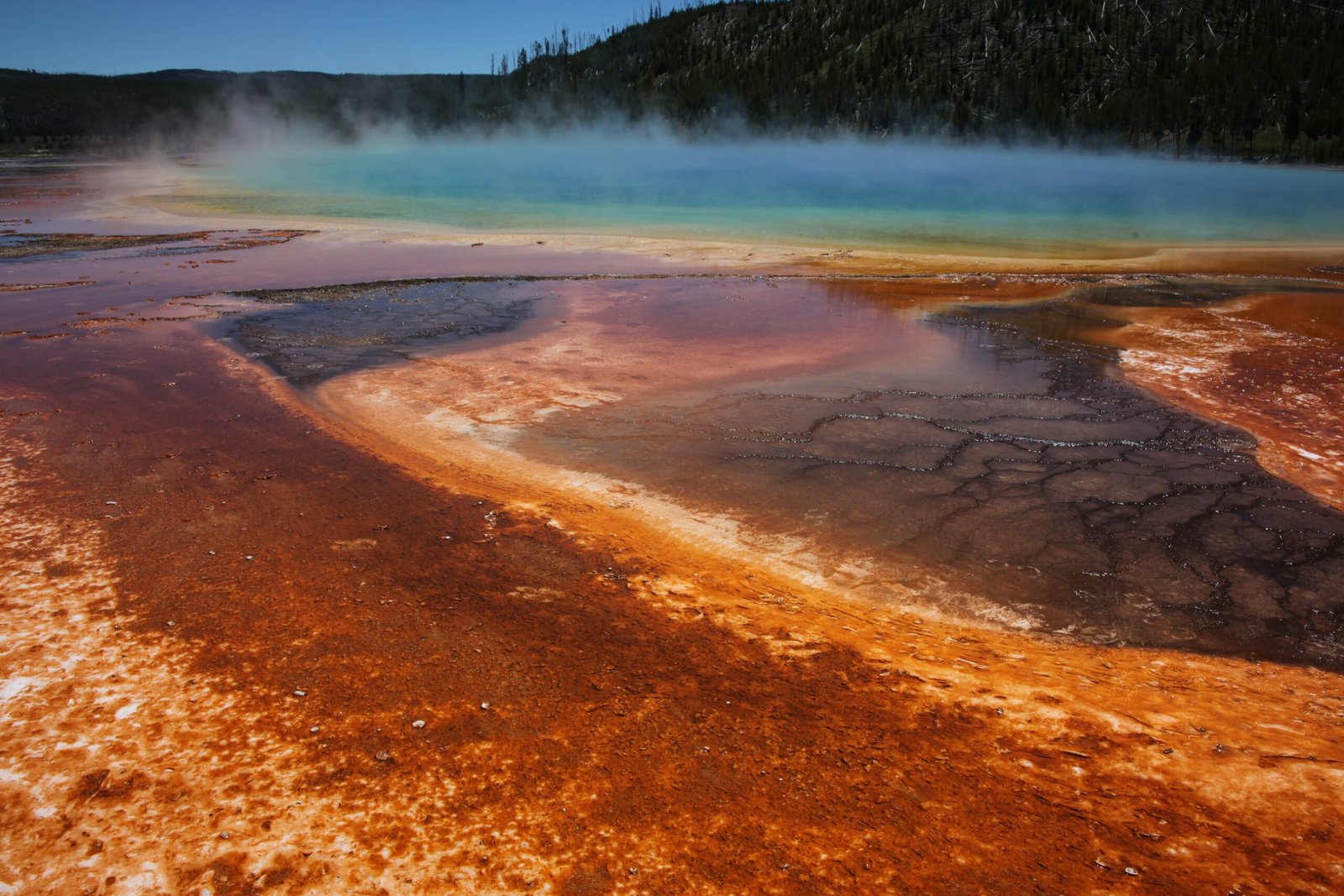
One of the most mind-boggling discoveries is that microbial communities can actually generate heat as a byproduct of their metabolism. When they break down organic matter or minerals, their chemical reactions release tiny amounts of thermal energy. While a single microbe’s heat is minuscule, together, billions of them can raise temperatures locally, enough to affect their icy surroundings. Think of it like a crowd of people huddled together in a small room—eventually, the room warms up. This metabolic magic could be helping to melt the ice sheets from below, ever so slowly but relentlessly.
Chemical Reactions in the Dark: Microbial Geochemistry
In the absence of sunlight, subglacial microbes turn to geochemistry for survival. They “breathe” chemicals like sulfate or nitrate, using them as electron acceptors in their metabolic processes. This process—known as chemosynthesis—can drive reactions that break down minerals and release gases. The resulting chemical changes can make the ice more susceptible to melting, altering its structure from the inside out. These unseen chemical transformations are a hidden force in the vast machinery of glacial dynamics.
Subglacial Lakes: Oases of Microbial Activity
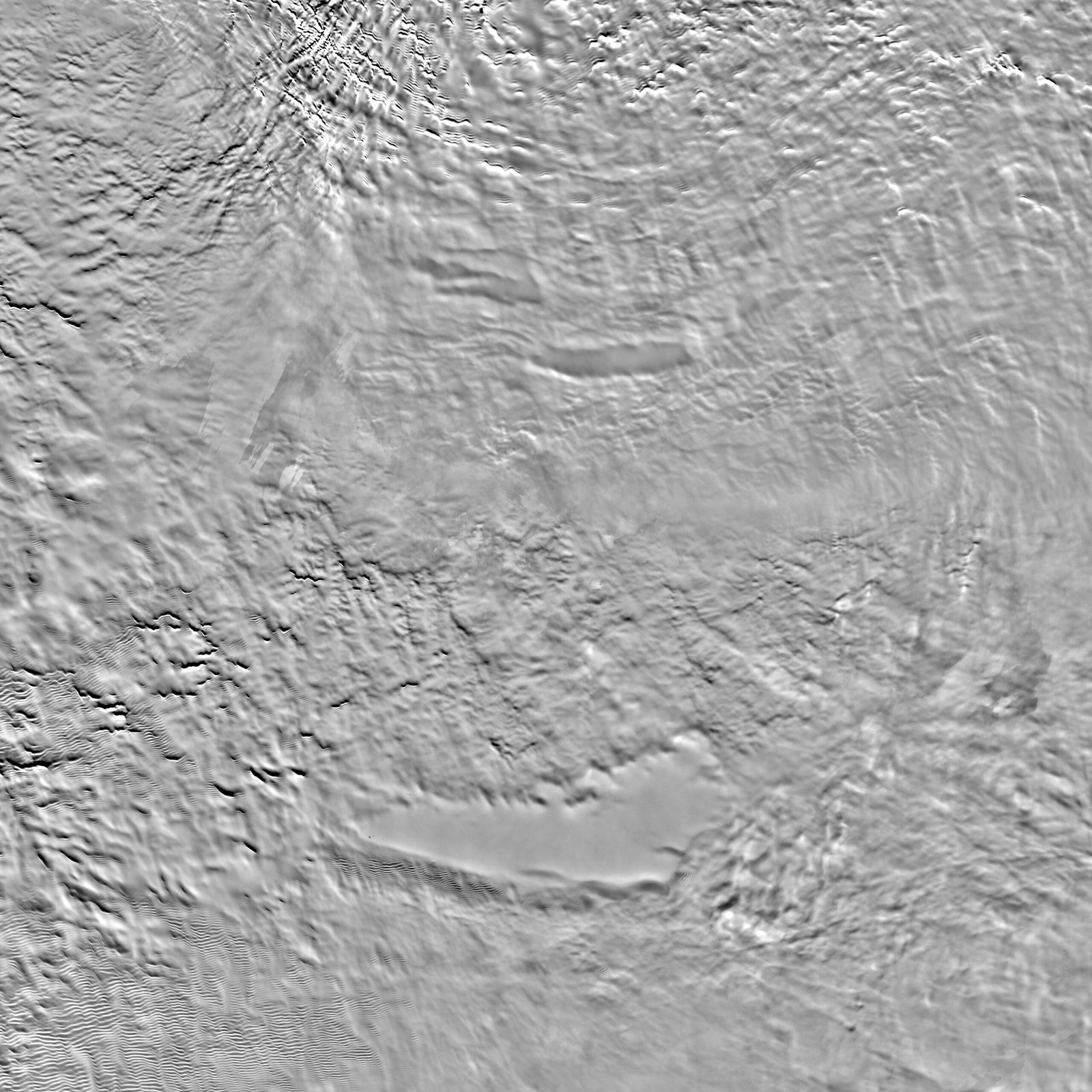
Below the Antarctic and Greenland ice sheets, scientists have found hundreds of subglacial lakes—pockets of liquid water cut off from the surface for thousands, even millions, of years. These lakes are microbial hotspots, where life flourishes in isolation. Researchers have drilled into these lakes and recovered samples full of bacteria and archaea thriving in pitch-black, nutrient-starved water. The chemical byproducts of these microbial communities can influence the temperature and composition of the water, making it easier for ice above to melt or flow.
The Role of Methanogens: Tiny Gas Factories
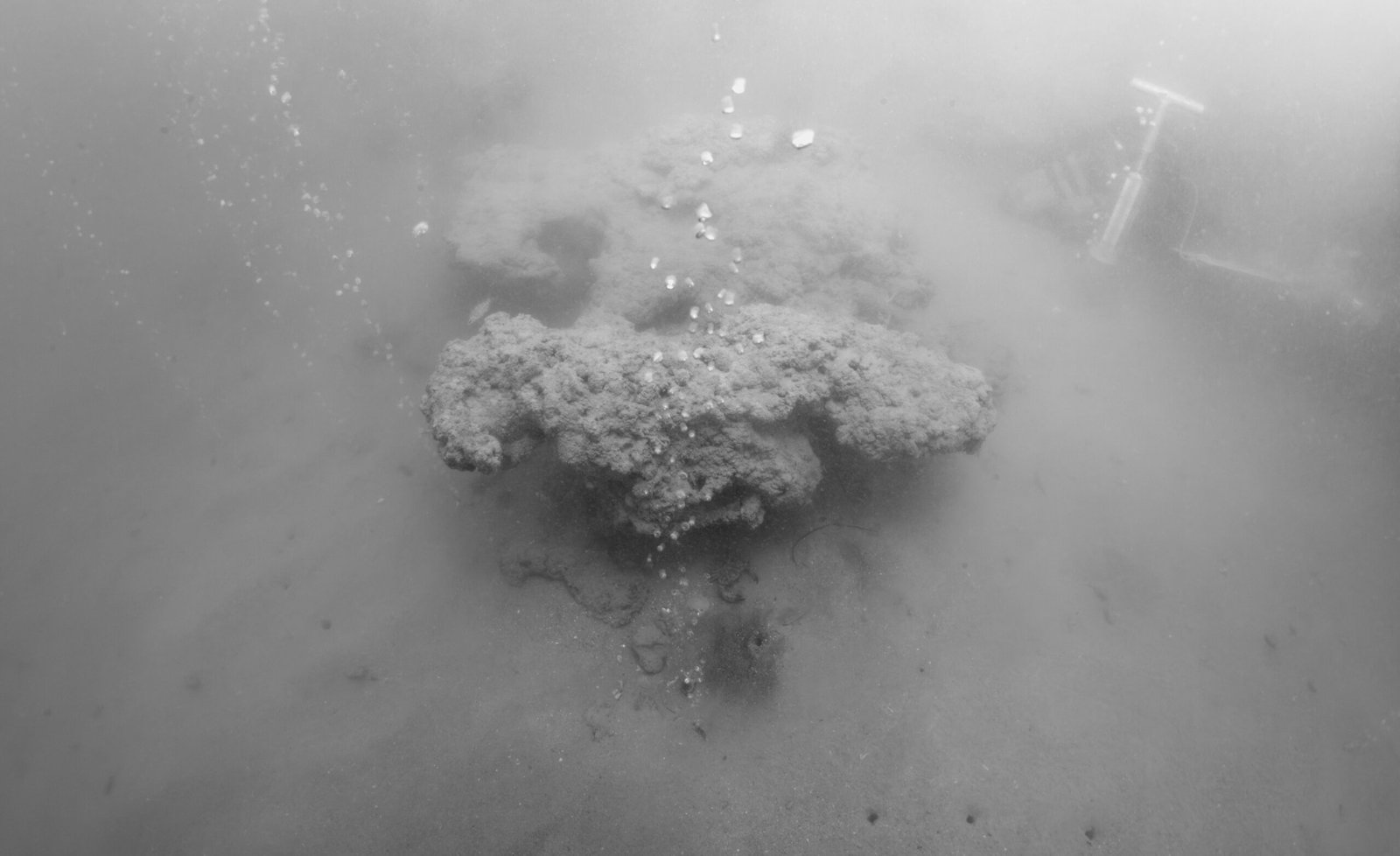
Methanogens are a special group of archaea that produce methane gas as a waste product. Deep under the ice, they feast on simple compounds and churn out bubbles of methane. This gas can build up beneath the ice, sometimes escaping in dramatic bursts when pressure is released. Methane is a powerful greenhouse gas, and its release from melting ice sheets has global implications. But even before it escapes, the gas can help warm the water and ice from below, nudging the melting process along.
Iron-Eating Microbes: Rusting Away the Ice Base
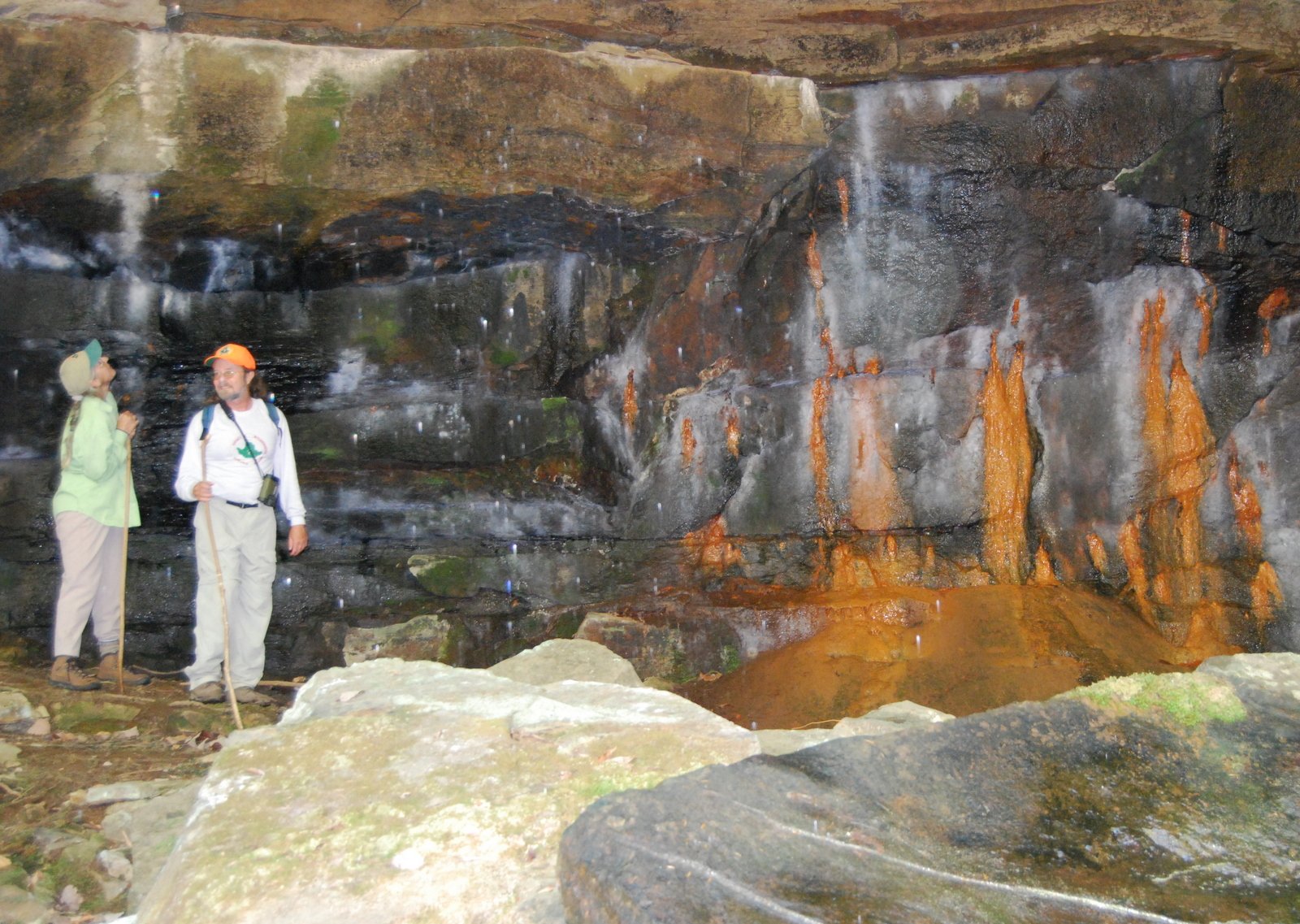
Some bacteria beneath the ice specialize in “eating” iron minerals, a process that releases energy and produces heat. These iron-eaters help break down rocks and sediments, releasing additional minerals into the subglacial water. This mineral-rich water can interact with the ice, lowering its melting point and making it more susceptible to flow. The activity of iron-eating microbes is an unseen but crucial part of the cycle that shapes the underbelly of ice sheets.
Sulfur and the Rotten Egg Smell: Sulfate-Reducing Microbes
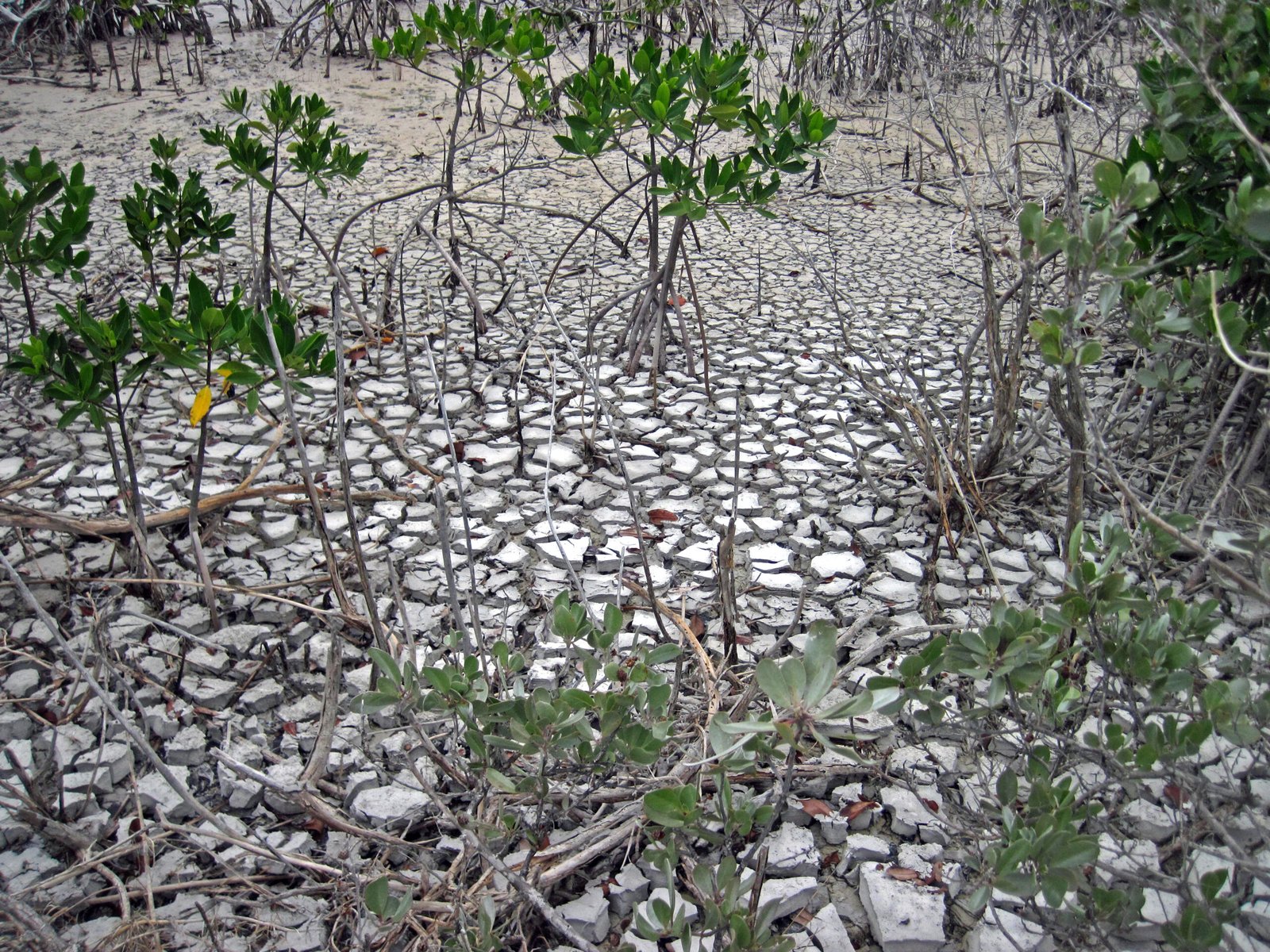
Sulfate-reducing bacteria are notorious for producing hydrogen sulfide, the chemical responsible for the smell of rotten eggs. Under the ice, these microbes “breathe” sulfate and release sulfide as a byproduct. The chemical reactions they drive can alter pH levels and dissolve minerals, sometimes making the ice more vulnerable to melting. Although you can’t smell their work from the surface, their presence is another sign of the subglacial world’s dynamic chemistry.
Antarctica’s Lake Whillans: A Case Study in Microbial Melting
When scientists drilled into Antarctica’s Lake Whillans, they found a thriving microbial ecosystem. The microbes there were actively processing organic carbon and producing heat. This tiny heat production, combined with chemical changes to the water, was enough to keep the lake liquid despite the crushing weight of ice above. It’s a real-world example of how microbial life supports the melting and movement of ice from below, turning textbook knowledge into vivid, slippery reality.
Greenland’s Mysterious Subglacial Life
Greenland isn’t just a frozen wasteland—it’s a hotbed of microbial action. Beneath its ice sheet, researchers have uncovered evidence of diverse microbial communities that alter the chemistry of meltwater as it flows toward the ocean. These changes can speed up melting or even lubricate the base of the ice, making it slide faster. The ongoing research here suggests that the rules of glacial movement are being rewritten by organisms so small you could fit thousands on the tip of a pin.
Biofilms: Microbial Cities on the Move
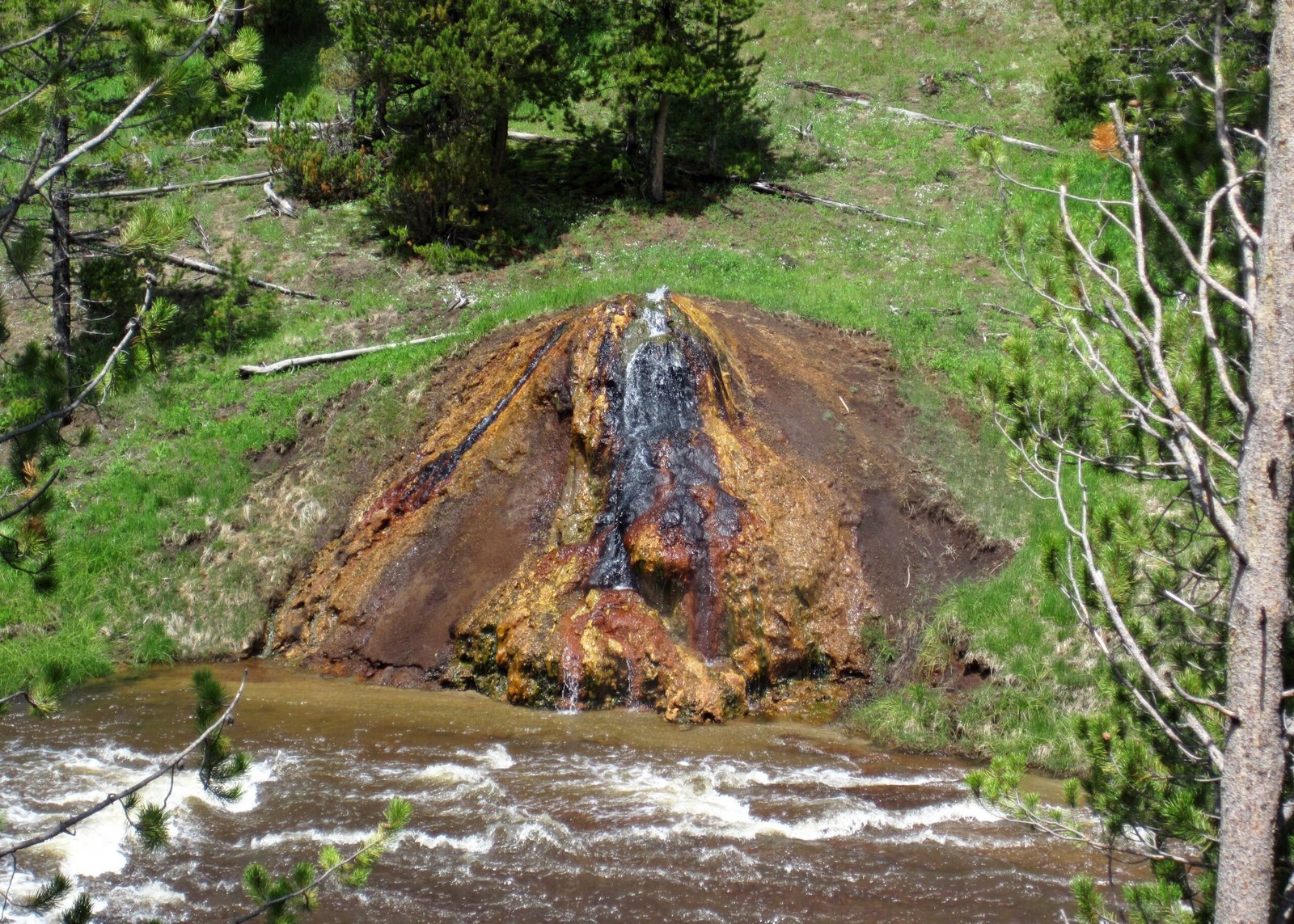
In subglacial environments, microbes don’t just float around—they form biofilms, sticky mats that cling to rocks and ice. These biofilms act like miniature cities, trapping nutrients and creating microenvironments where heat and chemicals are concentrated. Their presence can change how quickly ice melts and how water flows beneath the sheets. It’s a vivid reminder that life, even at its smallest, can reshape entire landscapes one sticky layer at a time.
Microbe-Driven Feedback Loops
The impacts of microbial activity under ice sheets aren’t isolated—they’re self-reinforcing. As microbes generate heat and alter the chemistry of their surroundings, they create even better conditions for themselves and others to thrive. This feedback loop can accelerate melting, potentially speeding up the loss of ice in ways scientists are only beginning to understand. It’s like a snowball effect, but in reverse: instead of building up, it’s melting away.
Implications for Sea Level Rise
Every drop of water that melts from the world’s ice sheets eventually finds its way to the sea. Microbial melting may seem tiny on the global scale, but it adds up over years and decades. As more ice melts from below, the risk of rising sea levels becomes more urgent. For coastal cities and island nations, these invisible microbial communities could shape the future of their shorelines. It’s a stark reminder that the smallest organisms can have the biggest impact.
Potential Triggers: Climate Change and Microbial Acceleration
As global temperatures rise, the delicate balance beneath the ice is shifting. Warming can increase the flow of meltwater, bringing more nutrients to subglacial microbes and fueling even more activity. This can create a vicious cycle—warmer conditions mean more microbial heat and more melting, which in turn supports more microbial growth. It’s a race between climate change and biology, with the ice sheets caught in the middle.
Technological Marvels: How Scientists Study Subglacial Microbes
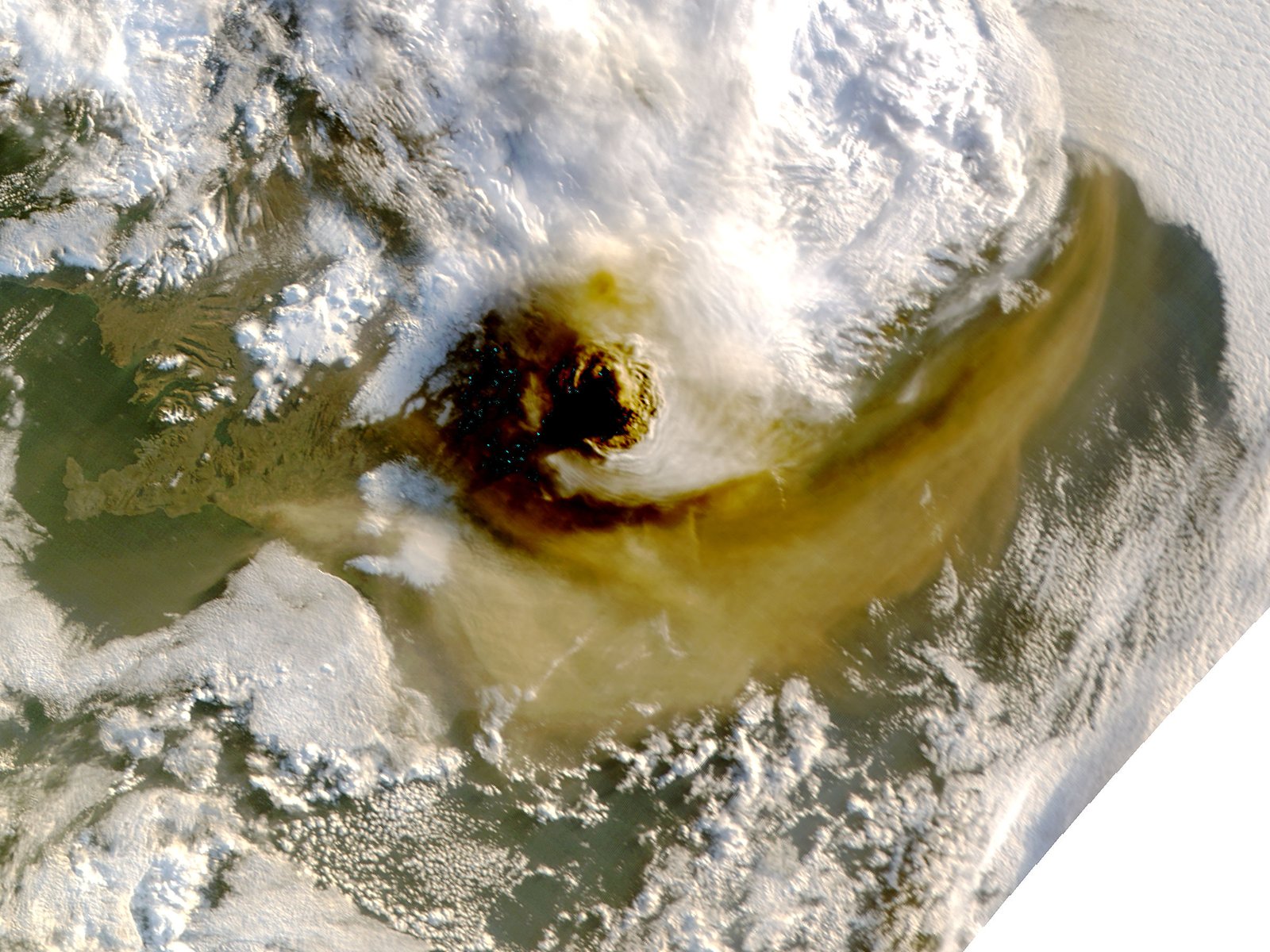
Studying life beneath miles of ice isn’t easy—it takes cutting-edge technology and a lot of persistence. Scientists use hot water drills, robotic probes, and even remote-controlled submarines to collect samples from subglacial lakes and streams. They analyze DNA, study metabolic byproducts, and watch how microbial communities change over time. Each discovery is a testament to human ingenuity and the relentless curiosity that drives us to explore the unknown.
Unexpected Allies: Microbes and the Search for Extraterrestrial Life
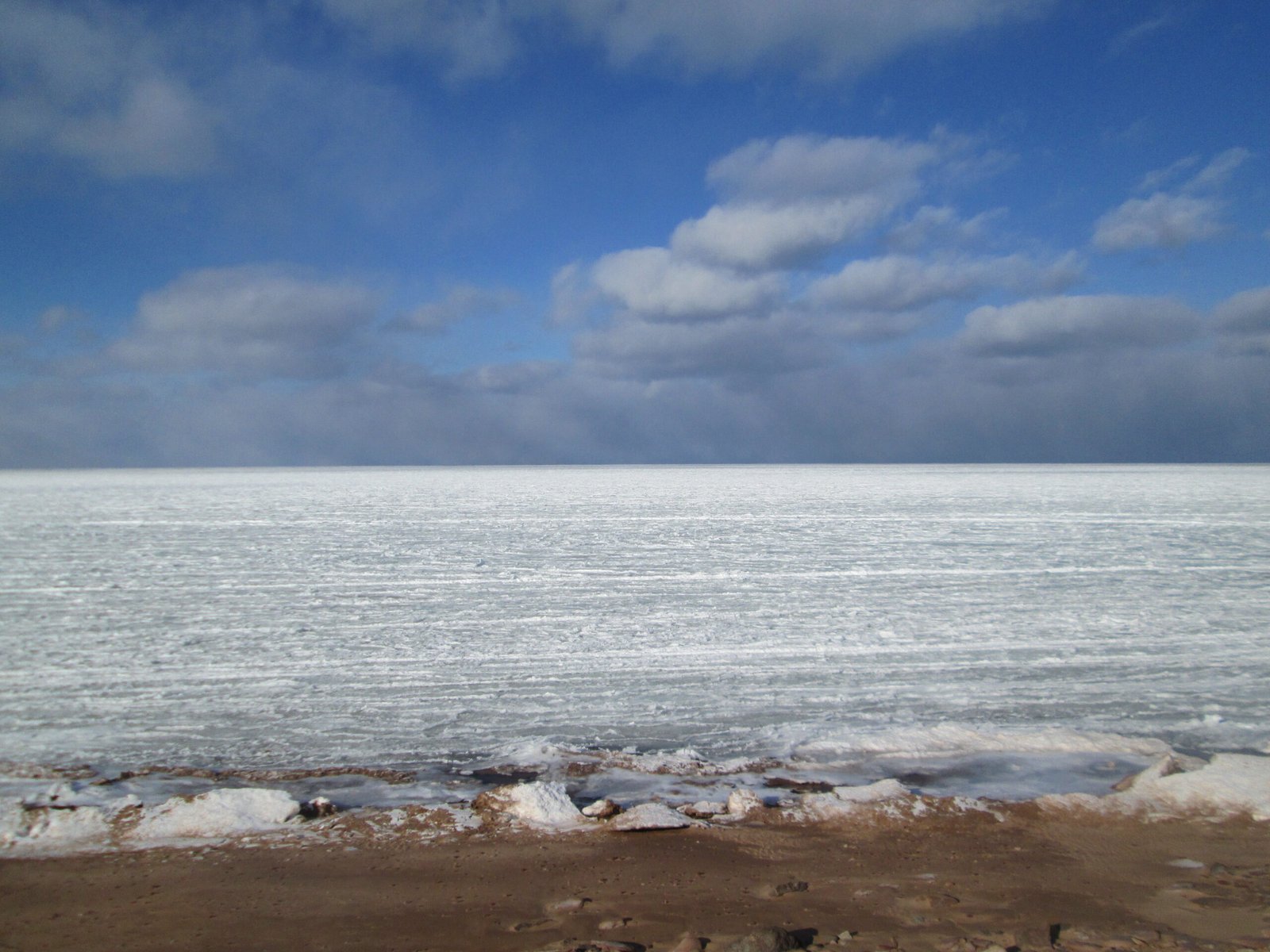
The discovery of thriving microbial ecosystems under Earth’s ice sheets has inspired astrobiologists searching for life beyond our planet. If life can survive in the dark, cold depths of Antarctica, could it also exist on the icy moons of Jupiter or Saturn? The study of subglacial microbes has become a blueprint for how and where to look for life elsewhere, making these tiny organisms ambassadors in our quest to understand the universe.
Microbes as Architects: Shaping the Landscape
Microbial activity doesn’t just melt ice—it carves out landscapes. By breaking down rocks and releasing minerals, these organisms help sculpt the valleys, channels, and tunnels beneath ice sheets. Over millennia, their handiwork can influence the flow of glaciers, the creation of subglacial lakes, and even the direction rivers take when the ice finally retreats. They’re tiny architects, shaping the future one molecule at a time.
The Challenge of Prediction: A New Frontier in Glaciology
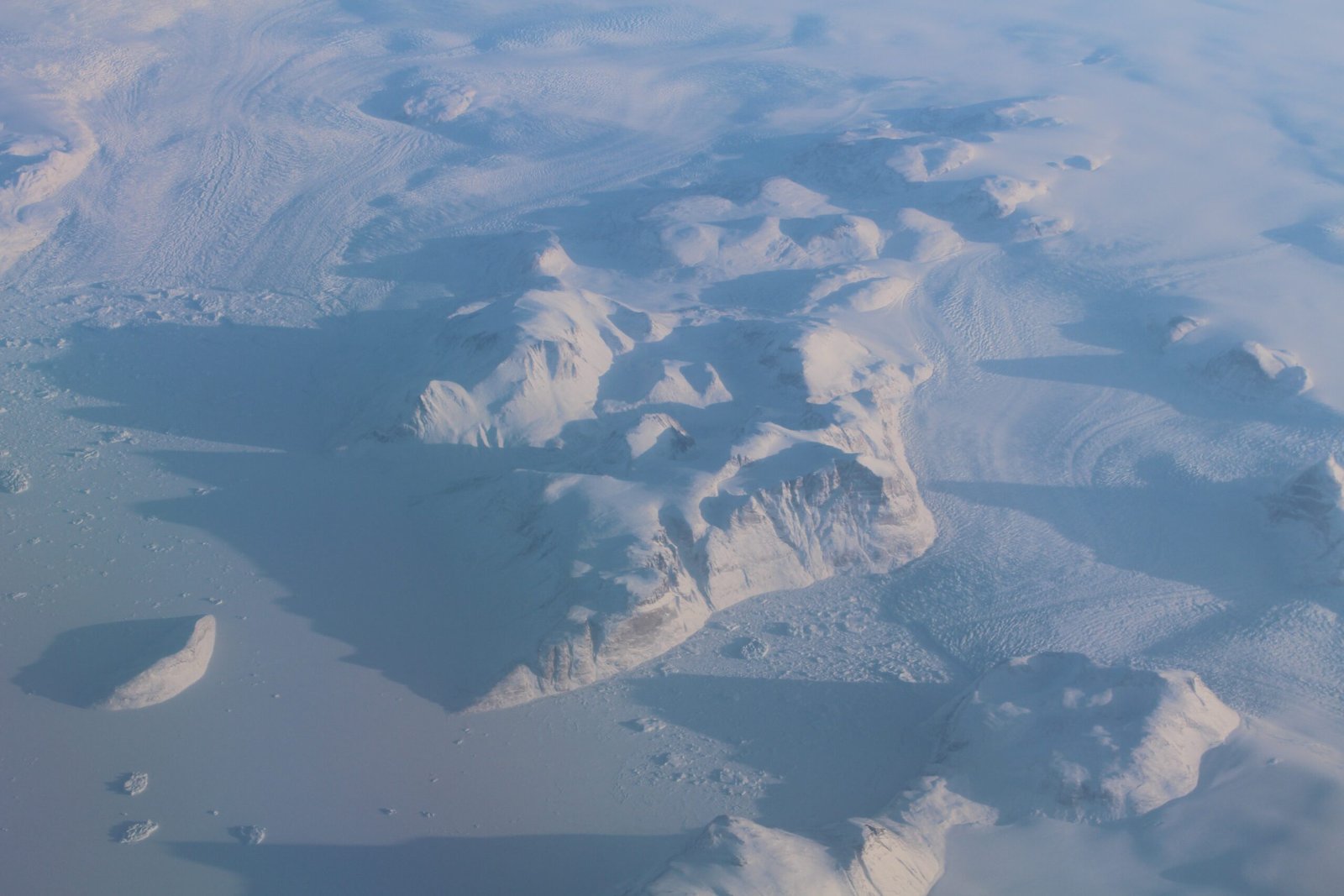
Because microbial activity is so hard to see and measure, predicting its impact on ice sheet melting remains a major scientific challenge. Researchers are working to build better models that include biological as well as physical factors. It’s a bit like trying to predict the weather when you only know half the ingredients. But every new discovery brings us closer to understanding—and possibly managing—the hidden drivers of ice melt.
The Profound Interconnection of Life and Planet

The story of microorganisms melting ice sheets from below is a powerful reminder of how deeply connected life and the planet truly are. From the depths of the ice to the heights of the atmosphere, invisible actors can trigger changes that ripple across the globe. As we uncover more about these remarkable microbes, we’re reminded that sometimes, the most profound forces come from the smallest sources.


